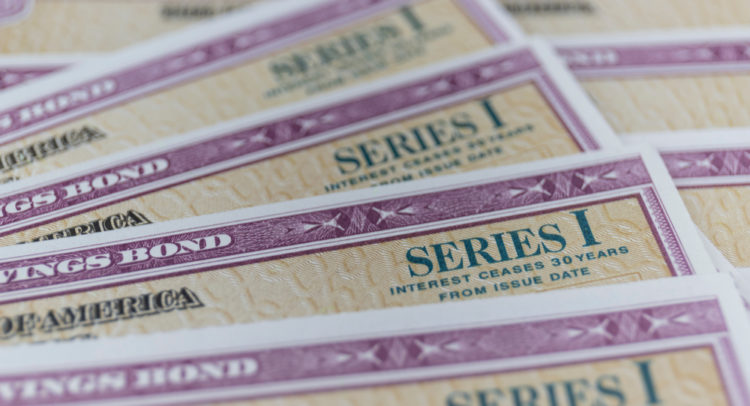Rising bond yields could cool off the Wall Street rally, which began at the end of last year and carried to this year.
Discover the Best Stocks and Maximize Your Portfolio:
- See what stocks are receiving strong buy ratings from top-rated analysts.
- Filter, analyze, and streamline your search for investment opportunities with TipRanks’ Stock Screener.
The benchmark 10-year U.S. Treasury bond has climbed from around 1.5% in late November to about 1.7% this week. Meanwhile, the 30-year U.S. Treasury bond is trading at around 2.02% this week, the highest it has been since the end of November.
U.S. government bond yields have been driven higher by several factors. One of them is the return of the risk-on game on Wall Street, where traders and investors sell low-risk assets like U.S. Treasuries to purchase high-risk assets like technology shares. Thus, the big run-up in trending stocks today.
Then there’s inflation, which runs over 6% according to some measures, three times the Federal Reserve’s target. Higher inflation is a bad thing for fixed income securities like bonds, as it diminishes the value of the invested principal.
As a result, bonds have been terrible investments in inflationary periods like the 1970s and the 1980s, when bond prices collapsed, sending yields to double-digits.
Tapering
There’s also the Fed’s tapering, the rolling back of the Federal Reserve’s bond-buying program, which will slow down the pace at which the Fed buys government bonds and mortgage-backed securities (MBS).
Eventually, the Fed will end this program by March 2022, meaning that the nation’s central bank will stop adding liquidity to the economy.
The purpose of this policy is to restrain the demand side of the economy to bring inflation under control.
While this may end up being positive for bonds in the long term, it could have a negative impact in the short term, as the absence of the Federal Reserve from bond auctions could help push bond prices lower and bond yields higher.
Higher bond yields are negative for equities in several ways. One of them is that they slow the economy, which hits the top line of listed companies.
Then, they raise borrowing costs, which hits the bottom line of the capital-intensive companies.
They also depress future equity valuations. U.S. government bond yields are a crucial input to the Weighted Average Cost of Capital (WACC), which is used as the Discounted Cash Flow model to calculate the intrinsic value of listed companies. Higher bond yields push WACC higher, and higher WACC lowers intrinsic values.
Bottom Line
Traders and investors should always keep a close eye on Treasury bond yields, especially when crossing critical thresholds. They can derail or even kill the rally inequities.
Download the mobile app now, available on iOS and Android
Disclaimer: The information contained in this article represents the views and opinion of the writer only, and not the views or opinion of TipRanks or its affiliates Read full disclaimer >









